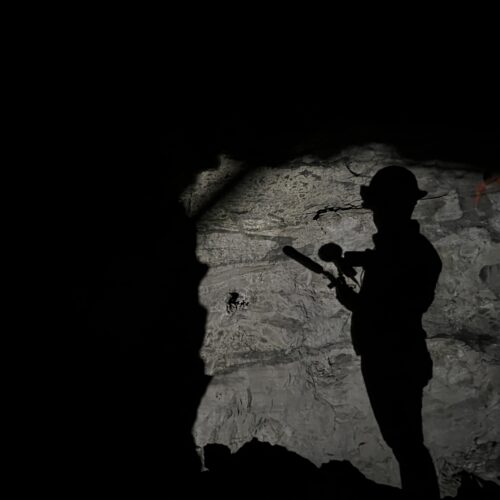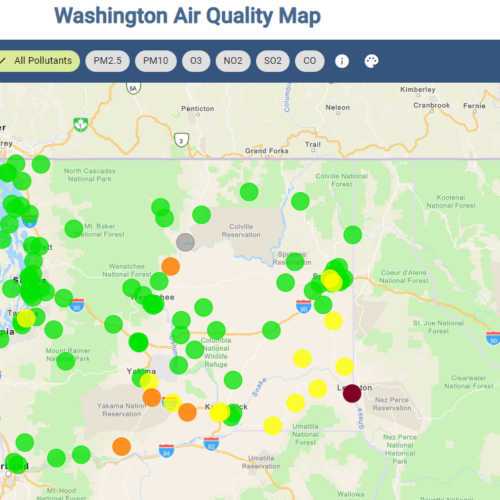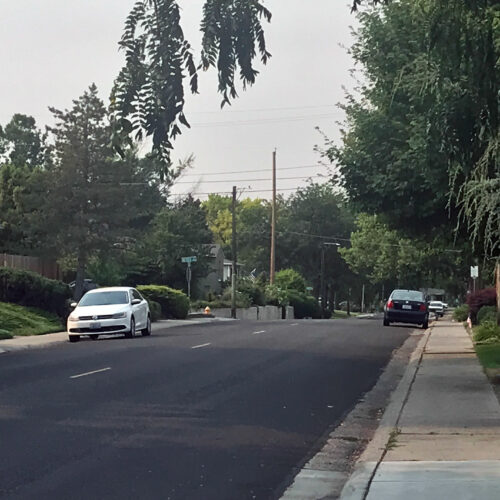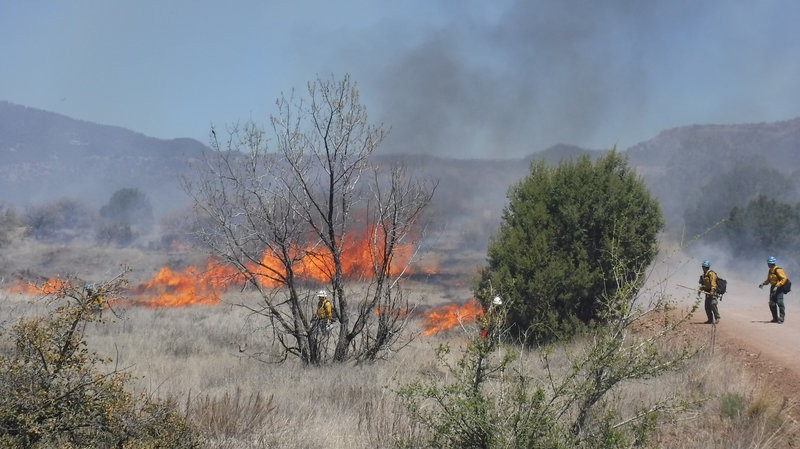
1 Billion Acres At Risk For Catastrophic Wildfires, U.S. Forest Service Warns

READ ON
BY KIRK SIEGLER
The chief of the U.S. Forest Service is warning that a billion acres of land across America are at risk of catastrophic wildfires like last fall’s deadly Camp Fire that destroyed most of Paradise, Calif.
As we head into summer, with smoke already drifting into the Northwest from wildfires in Alberta, Canada, Vicki Christiansen said wildfires are now a year-round phenomenon. She pointed to the hazardous conditions in forests that result from a history of suppression of wildfires, rampant home development in high-risk places and the changing climate.
“When you look nationwide there’s not any place that we’re really at a fire season. Fire season is not an appropriate term anymore,” Christiansen said in an interview with NPR at the agency’s headquarters in Washington.

Vicki Christiansen, chief of the U.S. Department of Agriculture’s Forest Service. CREDIT: SHURAN HUANG/NPR
Christiansen’s agency is the nation’s lead firefighting apparatus. It’s trying to prioritize treatments such as thinning, brush clearing and prescribed burning on 80 million acres of its own land, mostly in the West. (Her billion acre estimate includes land across multiple federal, state and local jurisdictions as well as private land.)
“Our national priority is to improve the condition of our nation’s forests and grasslands,” Christiansen said.
In line with a controversial Trump administration executive order pushing for “active forest management,” the agency was directed to treat 3.5 million acres this year alone, though it’s behind target because of weather and administrative holdups. Part of the administration policy has also included an attempt to ramp up commercial logging on federal lands, an objective that conservation groups say will not reduce fire risk, unlike clearing of the smaller diameter wood that the timber industry has so far found little market for.
Christiansen defends what she calls an all-of-the-above approach.
“We are certainly focused on the timber outputs, but that is only one of the critical measures,” she says. “We are tracking with laser focus our hazardous fuels reduction and our watershed health and restoration as well.”
Christiansen’s comments follow one of the worst wildfire seasons in U.S. history last year. Wildfires in Northern California destroyed parts of whole cities and killed nearly 100 people.
Even with the push for more mitigation under Christiansen, the Forest Service is predicting it could spend upward of $2.5 billion just fighting fires this year alone. The agency was budgeted $1.7 billion and will likely again have to transfer money from existing forest management and fire mitigation programs to cover the difference, a paradoxical problem that won’t end until reforms kick in next year.
Copyright 2019 NPR. To see more, visit npr.org
Related Stories:

Tumbleweeds sold for big bucks on popular home decor website causes chuckles in the Northwest
Tumbleweeds are torched at the Hanford cleanup site in southeast Washington in the early part of this year. (Credit: U.S. Department of Energy) Listen (Runtime 4:35) Read Fire Chief Nickolus
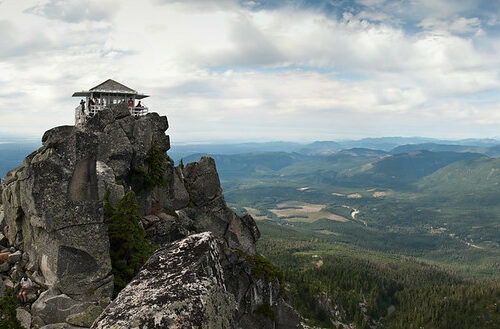
Hot, dry temperatures mean critical fire conditions for Washington
A view of the Mount Pilchuck fire lookout in Washington. (Credit: Ham Hock / Flickr Creative Commons) Listen (Runtime 1:04) Read It’s bone dry and blisteringly hot across Washington state,
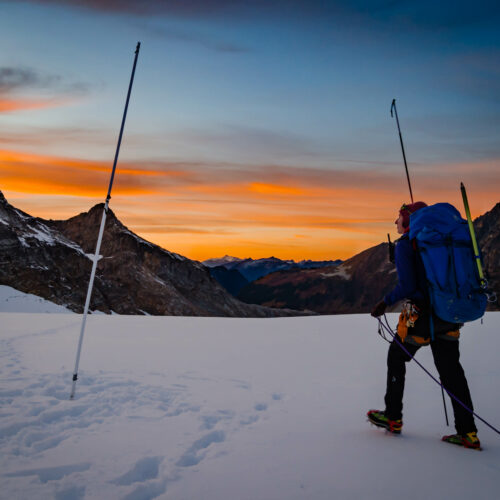
Spring snowpack levels in North Idaho lowest in 40 years
Erin Whorton, a hydrologist for the Natural Resources Conservation Service, measures snow on South Cascade Glacier in Washington. (Credit: Erin Whorton / NRCS) Listen (Runtime :58) Read The snowpack in




